Author: WildLifeFAQ (Mark Jess)
-
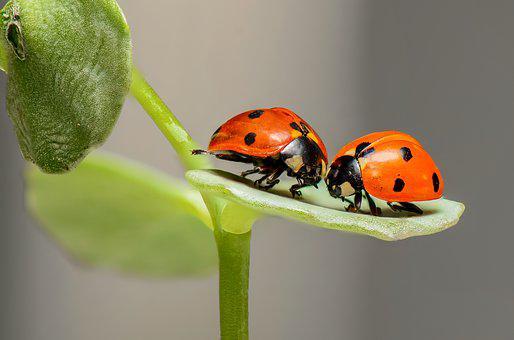
How Long Do Ladybugs Live? ???? (Answered)
The mature life span of a ladybug is around one year. They have a difficult larval stage as well as a pupal stage, which together may be regarded as an additional amount of time throughout the course of their lives. However, these early stages are over rather quickly, taking just around two months to complete.
-
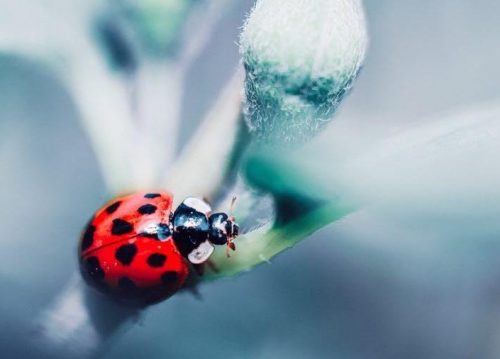
Where Do Ladybugs Go In The Winter? ???? (Explained)
They require a location in which they may congregate with hundreds or thousands of other beetles in order to survive. Because of this, they are sheltered from the elements and are able to avoid freezing. They will make their winter homes in cracks, fissures, under the bark of trees, and even in your home or
-
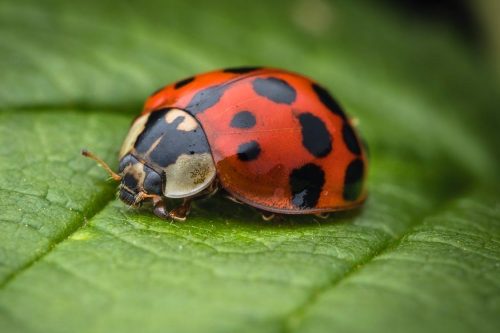
Do Neem Oil Kill Ladybugs? ???? (Explained)
In North America, there are 450 different species of ladybug, the vast majority of which serve the environment in a positive way as natural predators. These adorable tiny insects, such as ladybugs and lacewings, feed on large numbers of plant parasites like aphids and mealybugs. The bodies of ladybugs are often red, orange, or yellow
-
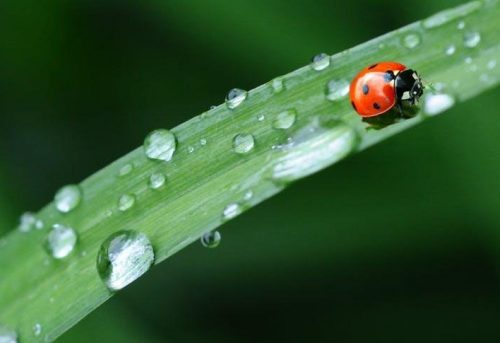
Do Ladybugs Drink Water? ???? (Explained)
Ladybugs do consume water as part of their nutrition. They typically obtain the necessary quantity from the moisture that is present in the food that they consume. For this reason, they do not necessarily need to be located in close proximity to conventional sources of water. Do ladybugs eat and drink? Aphids, which are very
-
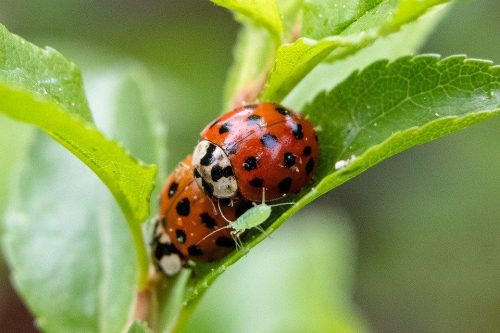
Why Do Ladybugs Have Spots? ???? (With Superstitions)
The markings on a ladybug serve as a warning signal to potential predators. This color is referred to as aposematic coloration, and it consists of black with either red or orange. There are many different kinds of insects, not just ladybugs that employ aposematic coloring as a defense mechanism against predators. Do ladybugs’ spots tell
-
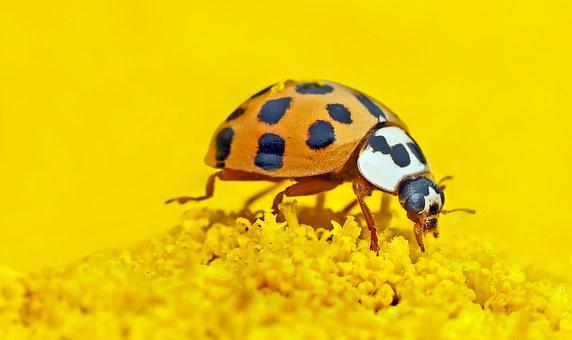
What to Feed Ladybugs? ???? (Answered)
The best way to ensure that ladybugs have access to food in your garden and crops is to not restrict their movement. This is due to the fact that ladybug larvae consume far more food than adult bugs do. When ladybugs are released into the wild, they will each lay several thousand eggs. The larvae
